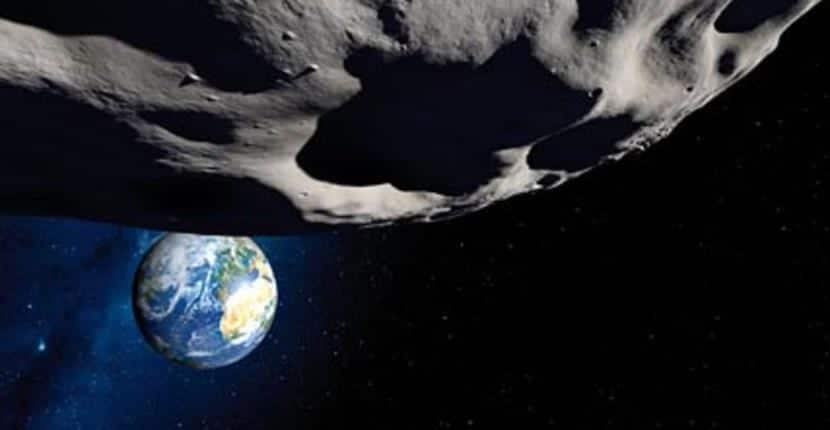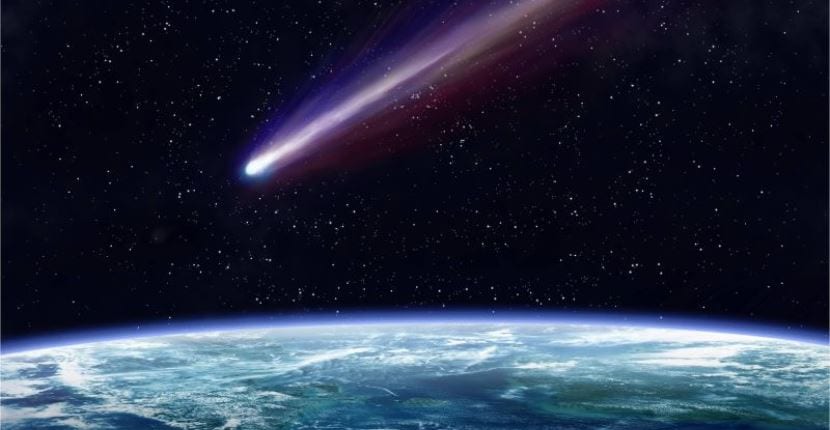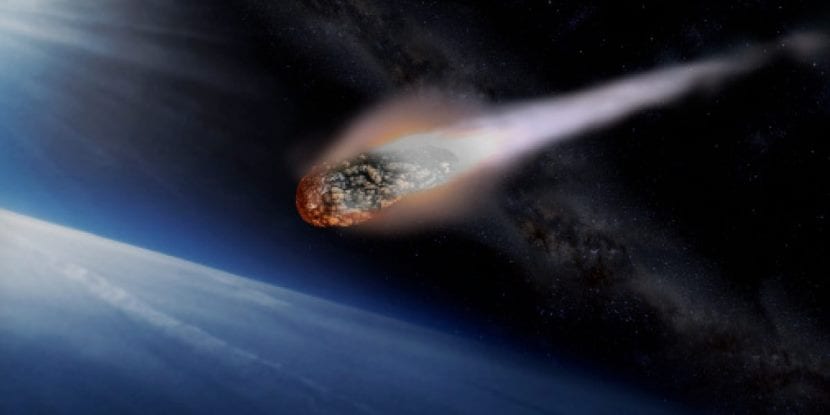
To this day the truth is that Earth is much more threatened than you can imagine. Leaving aside the damage that humans are causing to the planet or the fact that any type of global armed conflict can break out at any time, there are external factors that we must take into account and that, if we are not prepared, can end. literally with life on Earth.
This is precisely what a group of NASA scientists have been working on, in a project where the enormous possibility that our planet has of being hit by an asteroid is being studied. This impact, as you can imagine and as long as the asteroid has a certain magnitude and mass, can mean that eventually every living thing ends up dying, hence NASA has taken this project much more seriously than you can imagine.

A large asteroid can collapse life on Earth
To understand this a little better I would like us to put a little perspective on the subject. This time I will refer to something that has really happened, such as the impact in 2013 of an asteroid in the Chelyabinsk region (Russia). To get an idea, we are talking about an asteroid about 19 meters wide. Despite this, the impact affected more than 1.200 people and caused damage to buildings that were at a distance of up to 150 kilometers from the place where the asteroid finally hit the ground.
After this example, of which there is a lot of documentation on the internet, tell you that today they have been detected more than 8.000 objects close to our planet with more than 140 meters wide. Any of these asteroids, in the case of impacting on Earth, would have enough potential to wipe a country the size of Spain off the map. As a final detail, tell you that these 8.000 objects only, according to calculations, account for a third of the objects that haunt the Earth.

NASA has prepared a report explaining the way forward to survive an impact of this type
Due to this, it is not surprising that NASA, in collaboration with the Federal Emergency Management Agency, both two United States agencies, have prepared a report indicating up to five phases of action that must be carried out in the next ten years.
Improve near-Earth object detection capabilities
The first objective set by NASA to survive the impact of a large asteroid inevitably involves developing a new technology that offers us a much faster and more reliable way to detect this class of objects. Today, observatories such as the Catalina Sky Survey or the Pan-STARRS1 telescope are in charge of this work.
Improve the predictions that one of these objects will reach Earth
The second point that NASA insists on that work should begin is to improve all the predictions and probabilities with which they work and that tell us about the moment in which one of these objects can hit the Earth. In order to carry out this work, the aim is directly to optimize the collaboration between the different agencies in this regard.
Find ways to deflect the direction of the asteroid
As a third point, once the threat has been detected, NASA points out that we must be clear about how we could deviate an asteroid. In this sense, NASA has long been working on projects such as the so-called Asteroid Redirection Mission, which apparently was one of those canceled in 2017 by the Trump administration. To carry out a hypothetical mission like this NASA has made it clear that robotic spacecraft should be used without any astronaut on board.
International cooperation can be basic
Fourth NASA international cooperation. If in this sense we refer to the words of Aaron Miles, advisor to the Office of Science and Technology Policy of the White House: "it is a global danger for all, and the best way to tackle that danger is cooperatively."
An emergency plan must be developed
As a fifth final point, NASA has asked the United States government to develop an emergency plan that should be put in place in the inevitable event that an asteroid finally hits Earth. This plan would be similar in characteristics to those that already exist for other natural disasters to which, unfortunately, it seems we are more used to.
Elaborated is written with b, not with v. I hope that NASA will also develop a plan to protect your eyes from these misspellings.